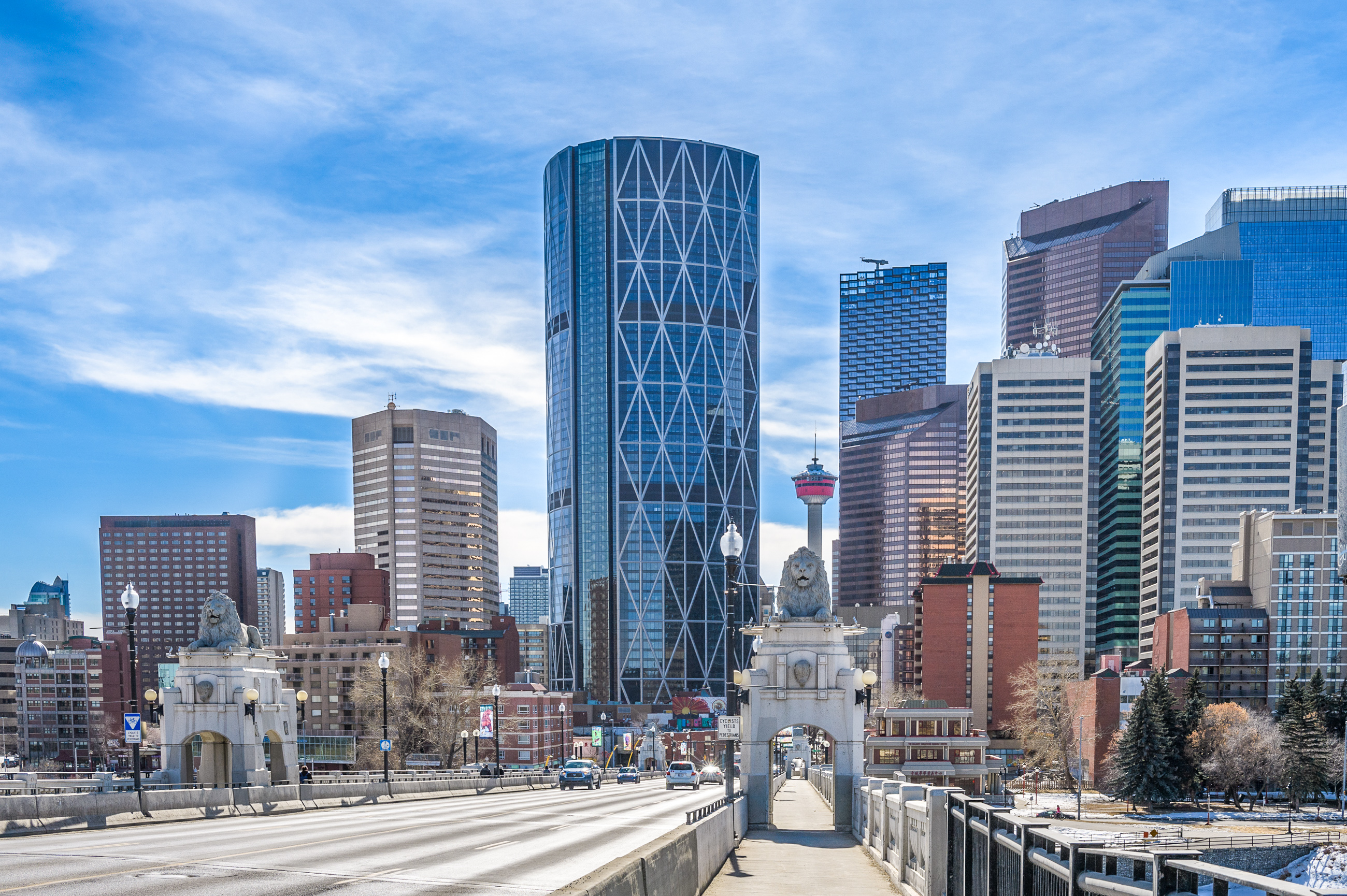Joborule
Active Member
The idea of a crosstown freeway through the middle of the north part of the city is dead. And really isn't necessary anyway. The roads in place that carry heavy loads of traffic can be upgraded to improve the flow of traffic.Or convert 16th to a freeway as being the TCH would imply it should be. A Glenmore Trail for the north if you will.
It’s already a quasi freeway from Deerfoot to 68th St. In the NE
16th is a weird one though where it's trying to be two things at once. Frankly I think it should function less of a crosstown commuter road, and be more of a urban street between Sarcee and Deerfoot. The TCH should (will?) be relocated to the south portion of the ring road, and connect with the current TCH east of the city with 22X. This article goes into more detail on the history, and possibly of TCH being rerouted.





